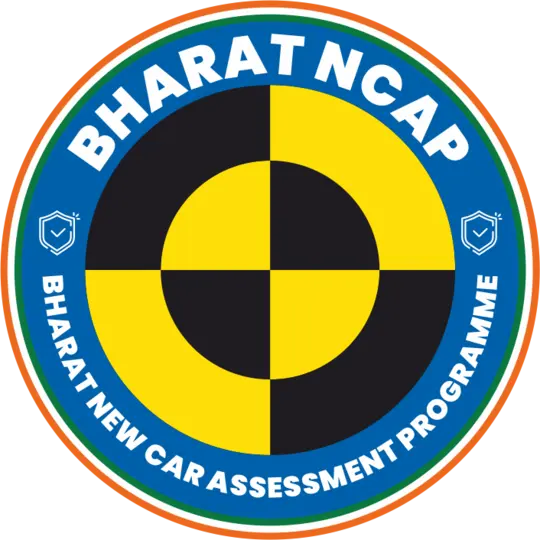NCAP stands for New Car Assessment Program, which is a government or industry-backed program aimed at evaluating and rating the safety of new vehicles. NCAP Rating programs conduct various crash tests and assess safety features to provide consumers with information about the safety levels of different car models. They help consumers make informed decisions while purchasing vehicles by considering safety as a crucial factor.
Bharat NCAP is India’s safety assessment program for cars. To evaluate and promote the safety of vehicles sold in the Indian market – BNCAP was introduced. The parameters used in India’s NCAP are similar to those used in global NCAP programs. However, BNCAP might have specific adaptations to suit India’s requirements and conditions.
Parameters used in NCAP ratings worldwide and in programs like Bharat NCAP typically include:
- Crash Tests: Various types of crash tests are conducted, such as frontal impact, side impact, offset frontal impact, pedestrian protection, and more, to assess the vehicle’s structural integrity and occupant safety during collisions.
- Safety Features: Evaluation of active safety features (like Electronic Stability Control – ESC, Anti-lock Braking System – ABS, airbags, etc.) and passive safety features (like seat belts, child seat anchorages, etc.) are conducted to determine their effectiveness in preventing accidents and reducing injury severity.
- Safety Performance: Ratings are based on how well the vehicle performs in the aforementioned crash tests. Also, how effective its safety features are in real-world scenarios.
Reasons why car manufacturers might score less in NCAP ratings:
- Lack of Safety Features: Vehicles without adequate safety features or outdated safety technology tend to score lower in NCAP ratings.
- Poor Structural Integrity: Cars with weak structural design or insufficient reinforcement to protect occupants during crashes.
- Inadequate Crash Test Performance: Failure to meet the minimum safety requirements or perform poorly in crash tests.
Parameters to consider when buying cars based on NCAP ratings:
- Crash Test Ratings: Look for cars that have high ratings in various crash test scenarios, such as frontal, side, and pedestrian protection.
- Safety Features: Ensure the car is equipped with essential safety features like airbags, ABS, ESC, seat belt reminders, etc.
- Overall Rating: Consider the overall NCAP rating, as it provides an overview of the vehicle’s safety performance in different aspects.
- Comparative Analysis: Compare the safety ratings of different cars within the same category to make an informed decision.
Takeaway:
In summary, when purchasing a car, it’s crucial to consider NCAP ratings. Focus on parameters such as crash test results, safety features, and overall safety performance. Always ensure the vehicle meets your safety requirements.






























